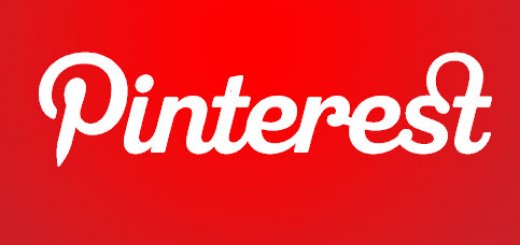We have a great opportunity in the small business world these days that can be simply defined by one word: collaboration. Coming together and focusing on a common goal, contributing what resources you have, and working towards something bigger that just yourself is the idea here. I have the opportunity to work in collaboration with some of the world’s greatest marketing consultants on a daily basis with the common goal of helping as many small businesses as possible. So what does this have to do with asking for referrals?
The easiest way to ask for referrals is to think about your best possible strategic partnerships and create a game plan for how you can add value to their audience and in return gain exposure (Hint, hint: Coming back to the idea of collaboration here). What types of content would their audiences be interested in reading? What live events would their audience spare time in their busy day to attend? Below are four easy steps to creating your strategic partner referral plan.
Create list of possible strategic partners
It is time to start brainstorming. Sit down with your team members and create a list of potential strategic partners using the B2B or B2C checklists. Is there a local bank with a small business audience? What about a Real Estate agent out there networking with your potential clients on a daily basis? Or a graphic designer working in your niche? Simply creating this list is the first step, coming up with how to target these possible partners is next.
Co-brand educational content
Now that you have your giant list of possible partners, it is time to narrow it down a bit to your best possible opportunities. I would recommend starting with a list of your top five partners to target and then expand from there if needed. Once you have your top 5, audit your current and future content plans with your focused list in mind. What eBooks, workshops, videos would the other businesses want to share with their audience and therefore introduce you? Once you have “X company” and “X content” in mind, it is time to reach out and see if the potential partner would be interested in sharing the valuable content with their audience with the idea that they could co-brand the content. The gift to their audience is valuable education, the gift to you is exposure.
Get in front of a live audience
Speaking for leads is one of the most effective ways to get your message out there. One example of how a Duct Tape Marketing consultant speaks for leads is holding a 7 Steps to Small Business Marketing Success Workshop for an audience of small business owners. A great opportunity here would be partnering with a local bank, lawyer, and insurance agent and having them invite their client base to an educational workshop. The consultant then provides value to their client’s while also establishing themselves as an expert at a live event. Another win-win in the books.
Come up with a follow-up plan
You have created your list, produced co-branded content, and spoken in front of a strategic partner audience – your job is done right? Nope – it’s just getting started. The main goal here is to add value. However, the 2nd goal is to gain exposure for your business. Before you partner with a company, make sure to have set guidelines for follow-up in place. Will you get the names and emails of the people that downloaded your ebook to target them directly? Will you get to add a sales pitch at the end of your presentation? After you agree on the process, think of the follow-up as another opportunity to add value. Don’t simply send off an email asking if they are ready to sign up for your services. Instead, follow up with an eBook or checklist where they can learn even more about your topic and by they way introduce the ways you could help them implement.
By Sara Jantsch is the Vice President of Operations at Duct Tape Marketing.


